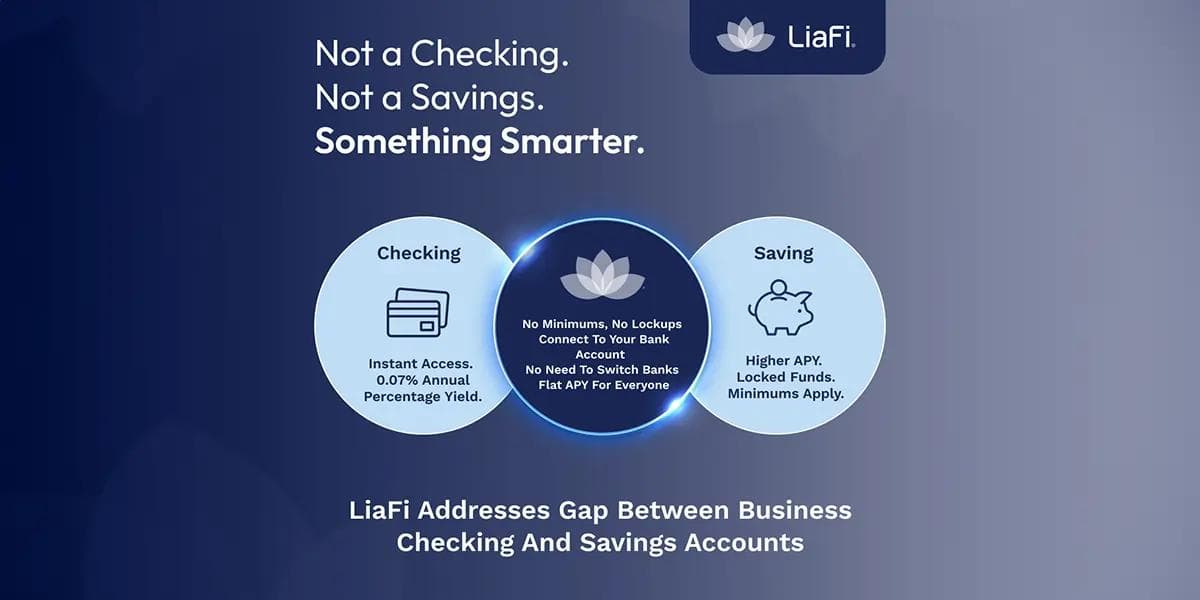Reconsidering climate risk: a return to valuation fundamentals
Reconsidering climate risk: a return to valuation fundamentals
Published by Jessica Weisman-Pitts
Posted on December 4, 2023

Published by Jessica Weisman-Pitts
Posted on December 4, 2023

Reconsidering climate risk: a return to valuation fundamentals
Kenneth Grant and Andrea Cardani are Managing Directors; Jose Jimenez Pereira is an Associate Director; Matthew Stein is a Consultant with the Berkeley Research Group’s Global Economics group.
As evidenced by the recent release of the Security and Exchange Commission’s climate-related disclosure rule, climate risk has emerged as an important consideration in investment decision-making. Given that climate change is recognized as a risk that eludes diversification, much of the trade literature seeks to account for climate risk in valuation by applying a premium to the rate at which a firm’s expected earnings are to be discounted. This approach, however, oversimplifies the issue and can result in misleading conclusions. The more robust—yet more challenging—approach entails a detailed analysis of the expected impact of climate risks on a business’s projected cash flows.
Incorporating climate risk in valuation
The discounted cash-flow method is a widely applied financial tool that assesses the value of a business through the determination of the present value of its expected future earnings. This entails a two-step process: first, estimating the cash flows the business is reasonably expected to generate; and second, discounting those cash flows at a rate reflecting the non-diversifiable risk associated with those earnings.
The estimation of future cash flows is, perhaps ironically, customarily informed by historical outcomes. That is, the cash flows are often estimated employing scenarios that are partly informed by past events.
The novelty of a risk as complex as climate change—which encompasses the interplay between both market-related risks (such as potential changes in policy, technologies, and consumer preferences) and physical risks (such as more, and more-intensive, natural disasters and longer-term ecological changes like rising sea levels)—complicates its integration into traditional valuation models. All of this is compounded by the systemic nature of climate risk, which can lead investors to eschew consideration of firm-specific analysis in favor of less-precise discount rate premia.
Efforts to integrate climate risk in valuation
Given the macroeconomic implications associated with climate-related risk, financial authorities are increasingly requiring companies to identify and disclose their exposure to these risks. Collectively, these efforts, which include the use of scenario analysis, signal a concerted push to integrate climate risks more effectively into investment decision-making processes.
However, climate risk disclosures, which can assist investors and other stakeholders in identifying which businesses may be exposed to which risks, only partially address the issue. The investor is still required to assess the financial impact of climate change on a firm’s operations. While we respect the challenges investors face in assessing the impact on future cash flows, assessing the likely cash-flow impact and probability of an (identifiable) climate risk is superior to simply applying a ‘climate risk premium’ in the discount rate.
Case study: cement manufacturer
To illustrate this point, we consider a simplified example of a cement manufacturer confronting the possibility of a carbon tax. Assume the company expects to generate $100 million annually absent a carbon tax, and its cash flows are discounted at a rate of 6%. This would place the value of the company at $1.7 billion.
How would the firm assess the impact of the potential tax?
First, consider the application of a premium to the firm’s discount rate. This approach relies on the fact that climate change is recognized as a systematic, or market-wide, risk that will impact overall economic performance. By construction, it purports to capture every possible impact of climate risk on the firm’s operations, but in so doing fails to consider the likelihood of the potential specific impacts arising from the specific policy proposal.
To illustrate the potential confusion this approach injects, we can assess the impact of the addition of a 1%, 2%, and 3% climate risk premium to the firm’s discount rate. In our simple example, this would yield a valuation range of approximately $1.1 billion to $1.4 billion.
Next, consider the possible impact of the potential carbon tax on the firm’s expected cash flows. This requires, at a minimum, an assessment of the level of the tax and the likelihood of its enactment.
Assume, for the sake of argument, the following scenarios: 20% probability of a relatively high tax of $75 per ton; 40% probability of a relatively moderate tax of $25 per ton; and 40% probability of the tax not being enacted.
On first approximation, the imposition of a tax would be expected to increase the company’s costs and reduce its earnings. While the magnitude of that reduction requires an assessment of the extent to which the tax can be passed on to consumers, it is reasonable to assume that the costs are principally borne by consumers given the lack of current substitutes for cement.
As a starting point, assume that a detailed analysis of the firm’s operations determines a moderate tax is expected to reduce the firm’s annual earnings by 5%, while the higher tax is expected to cause a 30% decline. Taken together, the scenarios suggest expected annual revenues of $92 million per year, a probability-weighted decline of 8% per year. Employing the 6% discount rate results in value of approximately $1.5 billion.
The result is considerably greater than valuing the firm assuming no cash-flow adjustment and a 1% climate risk premium to the discount rate. In fact, in our simple example, adding the 1% premium implies that the expected tax would reduce annual cash flows by 14%, far greater than the 8% reduction we estimated via scenario analysis.
Considering climate risk in the real world
We recognize that the example is a deep simplification of a complex reality. To achieve a comprehensive valuation, one must thoroughly assess the probability of policy measures and their potential impacts on the firm’s revenues, costs, and output. It would extend beyond a carbon tax to include the range of likely potential policy measures and long-term physical risks, which demand careful attention due to the intricate nature of climate modeling. It may also require consideration of the interplay between transition and physical risks, as effective and timely policy measures can significantly mitigate long-term physical risks.
Nevertheless, this simple case study illustrates the inadequacy of using a climate risk premium as a catch-all adjustment. While the task of evaluating these novel risks in a detailed manner is formidable, investors must develop and refine frameworks and models to better account for these risks and understand their impact and sensitivity on the value of a business. We can enhance these models as we accumulate more information, leading to more accurate valuations over time.
It may be that the broader uncertainties associated with climate change alter investors’ appetite for risk. Moving beyond “fudge-factor” adjustments to discount rates and toward comprehensive, scenario-based cash-flow analyses, however, is crucial to accurately value businesses in a world increasingly shaped by climate risks. This approach not only enhances valuation accuracy but also contributes to a better understanding of how climate risks impact different sectors and businesses.
Kenneth Grant and Andrea Cardani are Managing Directors; Jose Jimenez Pereira is an Associate Director; Matthew Stein is a Consultant with the Berkeley Research Group’s Global Economics group. The views and opinions expressed in this article are those of the authors and do not necessarily reflect the opinions, position, or policy of Berkeley Research Group, LLC or its other employees and affiliates.
Matthew Stein
Jose Jimenez Pereira
Kenneth Grant
Andrea Cardani
Explore more articles in the Top Stories category











